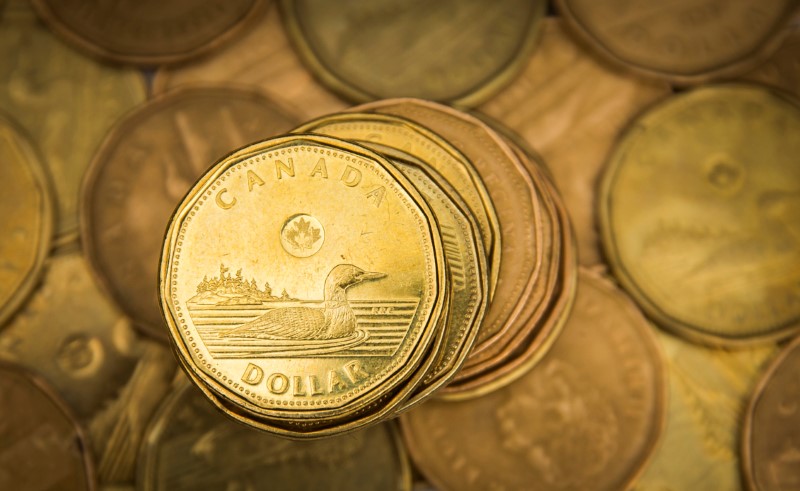By Ketki Saxena
Investing.com -- The Canadian dollar gained against its U.S. counterpart today, with the dollar pulling back against most major currencies as expectations of a 100 bps hike from the Federal Reserve continue to recede, while the loonie was supported by a (relative) return of risk-on sentiment as equities rebounded and rate-hike bets pared back.
However, the loonie was amongst the smallest gainers amongst the major currencies, as the Canadian dollar was pressured today by yet another decline in crude, amid indicators of possible impending lockdowns in China expected to pressure demand. Shaun Osborne, chief FX strategist with Bank of Nova Scotia (TSX:BNS),notes that “So-so risk appetite may be restraining the CAD to some extent while crude prices are a little softer,”
At 12:00 p.m EST, the USD/CAD pair was down 0.70% at C$1.2888 to a US dollar, and with the day’s range of 1.2886 - 1.2990.
The loonie is also being supported by expectations of tomorrow’s Canadian Consumer Price Index reading. The reading is expected at 8.4% tomorrow, a significant jump from 7.7%, raising the likelihood of yet another 100 bps move from the Bank of Canada in September as it seeks to forcefully tackle out-of-control inflation, even if it means risking a recession.
Analysts at DailyFX note that “The shift in the BoC’s approach for normalizing monetary policy may keep USD/CAD under pressure as Governor Tiff Macklem and Co. step up their efforts to combat inflation, but the Federal Reserve interest rate decision on July 27 may influence the near-term outlook for the exchange rate as the central bank shows a greater willingness to implement a restrictive policy.”
The greenback meanwhile continues to undergo a downside correction after reaching 2-decade highs and achieving parity with the Euro. The USD remains under pressure against major currencies following hawkish signals from the Reserve Bank of Australia, and the increasing likelihood of a 50 bp move from European Central Bank on Thursday.
Canadian government yields continued to climb across the curve, matching the move in U.S. treasuries.
